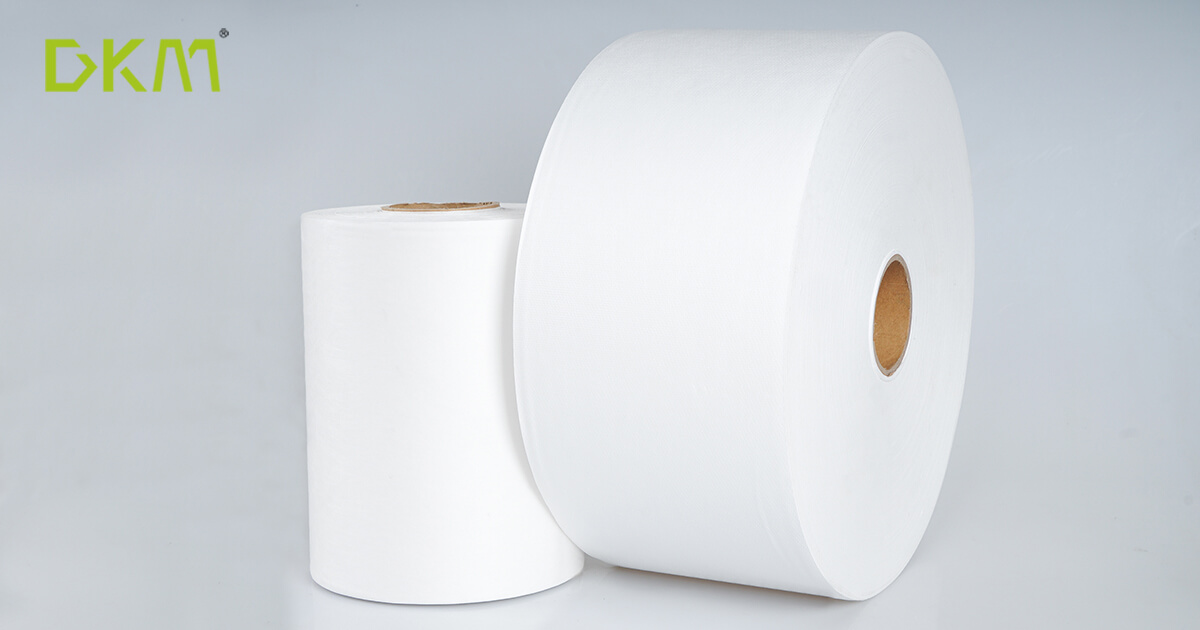



The main structure of the medical mask can be divided into a spun-bonded layer, a melt-blown layer and a spun-bonded layer. The melt-blown fabric is the core material of the mask, which can filter bacteria and prevent the spread of germs. The filtering principle is mainly to add a load layer to the melt-blown material, and to absorb the ultrafine particles and droplets on the mask through the electrostatic adsorption, to isolate the virus. It is usually a high melt index PP material, with a fiber diameter ranging from 0.5 to 10 micron.
Ordinary medical masks have no effect of isolation and protection after 4 hours of use, this is because once the melt-blown layer is deposited of the moisture, bacteria and viruses, it will reduce the static electricity of the charged layer and the filtering effect. However, some masks do not reach 4 hours at all. The biggest influencing factor is the meltblown layer. In the future, the raw materials of melt-blown fabric will have two development directions:
1. Nano raw materials
2. Graphene raw materials.
1. Nano raw materials
Compared with traditional melt-blown materials, this material has the advantages of superior filtration performance, strong permeability, high production efficiency, and easy storage. New material nanofiber membrane masks, through stretching and splitting the material to tens of nanometers fibers, and controlling the fiber composition to the nanometer order with a pore size of about 0.1-0.3 micron, directly intercepting the bacteria and viruses . This method does not need to spend time loading static electricity, overcoming the problem of low production efficiency. At the same time, because it is a physical interception, the mask will not affect the filtering effect due to high humidity and other environmental factors, providing the possibility of reusable masks and long-term storage.
2. Graphene raw materials
Compared with traditional melt-blown fabrics, graphene melt-blown fabrics have the following powerful characteristics: 1. Lock electrostatic charge and generate static electricity independently; 2. Particle filtration density is also raised to more than 100 micron; 3. It still exists static electricity after washing. 4. The antibacterial and bacteriostatic effect has exceeded the national standard; 5. It has a negative oxygen ion decomposition function, so that the mask is no longer dull while wearing. This is a revolutionary breakthrough in new materials, which effectively guarantees the long-term existence of charge.
The use of new materials not only improves the quality of melt-blown fabric, but also increases the convenience of storage and transportation, so these two materials will inevitably become the key material of melt-blown fabric in the future.